Apple is known worldwide for its extremely popular products, among which the iPhone smartphone is the clear winner. Although it is an American company, production takes place primarily in China and other countries, primarily due to lower costs. However, the Cupertino giant does not even produce individual components. Although it designs some itself, such as the chips for iPhones (A-Series) and Macs (Apple Silicon - M-Series), it buys most from its suppliers in the supply chain. In addition, it takes some parts from several manufacturers. After all, this ensures diversification in the supply chain and greater independence. But an interesting question arises. For example, can an iPhone with a component from one manufacturer be any better than the same model with a part from another manufacturer?
It could be interest you
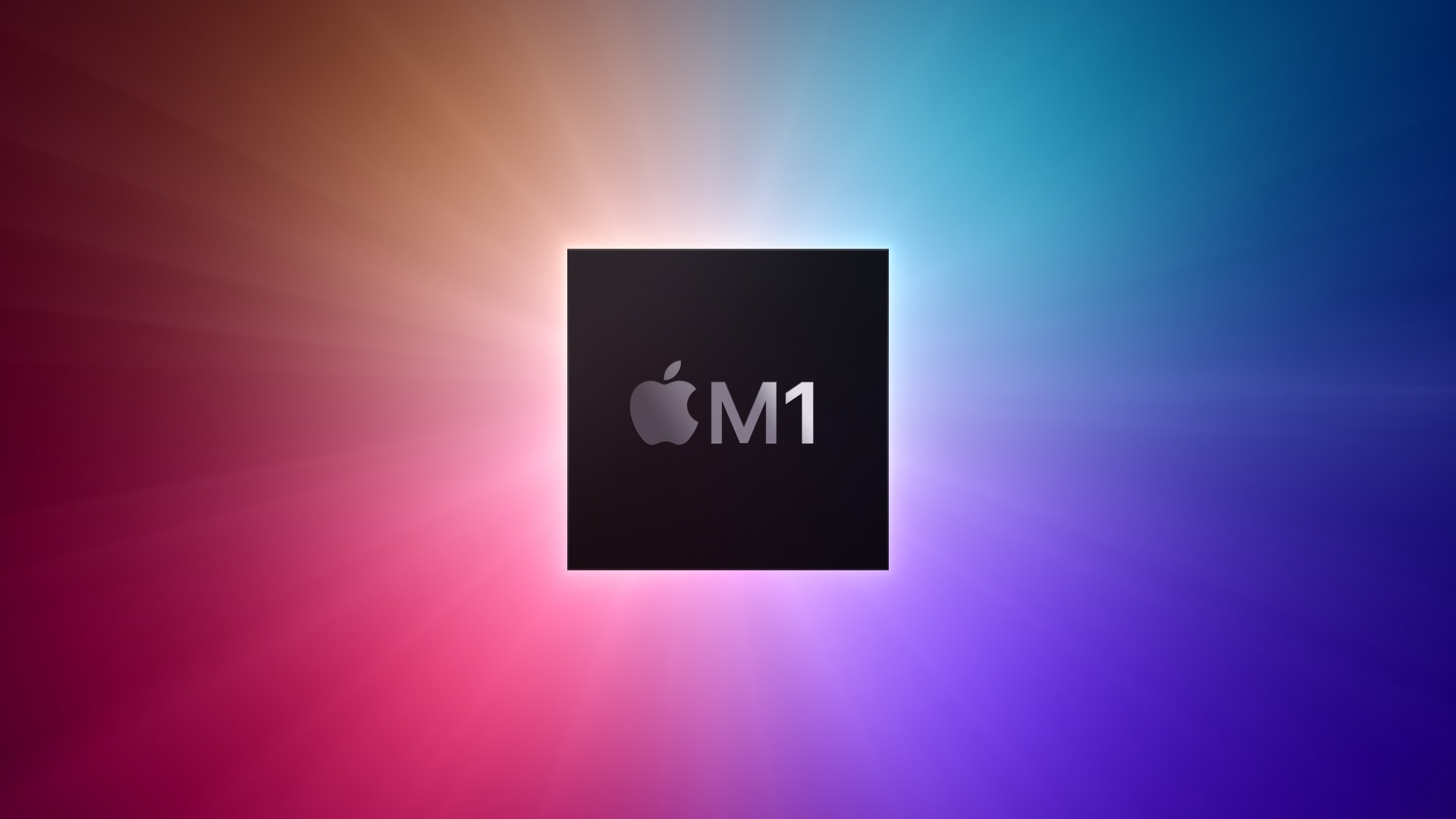
As we mentioned above, Apple takes the necessary components from several sources, which brings with it certain benefits. At the same time, it is absolutely crucial for companies from the supply chain to meet certain quality conditions, without which the Cupertino giant would not even stand for the given components. At the same time, it could also be concluded. In short, all parts must meet a certain quality so that there are no differences between devices. At least that's how it should work in an ideal world. But unfortunately we don't live in it. In the past, there have been cases where, for example, one iPhone X had the upper hand over another, although they were the same models, in the same configuration and at the same price.
Intel and Qualcomm modems
The mentioned situation has already appeared in the past, specifically in the case of modems, thanks to which iPhones can connect to the LTE network. In older phones, including the aforementioned iPhone X from 2017, Apple relied on modems from two suppliers. Some pieces thus received a modem from Intel, while in others a chip from Qualcomm was sleeping. In practice, unfortunately, it turned out that the Qualcomm modem was a bit faster and more stable, and in terms of capabilities, it surpassed its competition from Intel. However, it should be noted that there were no extreme differences and both versions worked satisfactorily.
However, the situation changed in 2019, when due to legal disputes between the Californian giants Apple and Qualcomm, Apple phones began to use modems from Intel exclusively. Apple users have noticed that they are even faster and generally better versions from Qualcomm, which were hidden in the previous iPhone XS (Max) and XR. In this case, however, one thing must be acknowledged. The chips from Intel were more modern and logically had a bit of an edge. Another turning point occurred with the arrival of 5G networks. While rival mobile phone manufacturers implemented 5G support in a big way, Apple was still fumbling and unable to jump on the bandwagon. Intel was significantly behind in development. And that's exactly why the dispute with Qualcomm was settled, thanks to which today's iPhones (12 and later) are equipped with Qualcomm modems with support for 5G. At the same time, however, Apple bought the modem division from Intel and is reportedly working on its own solution.
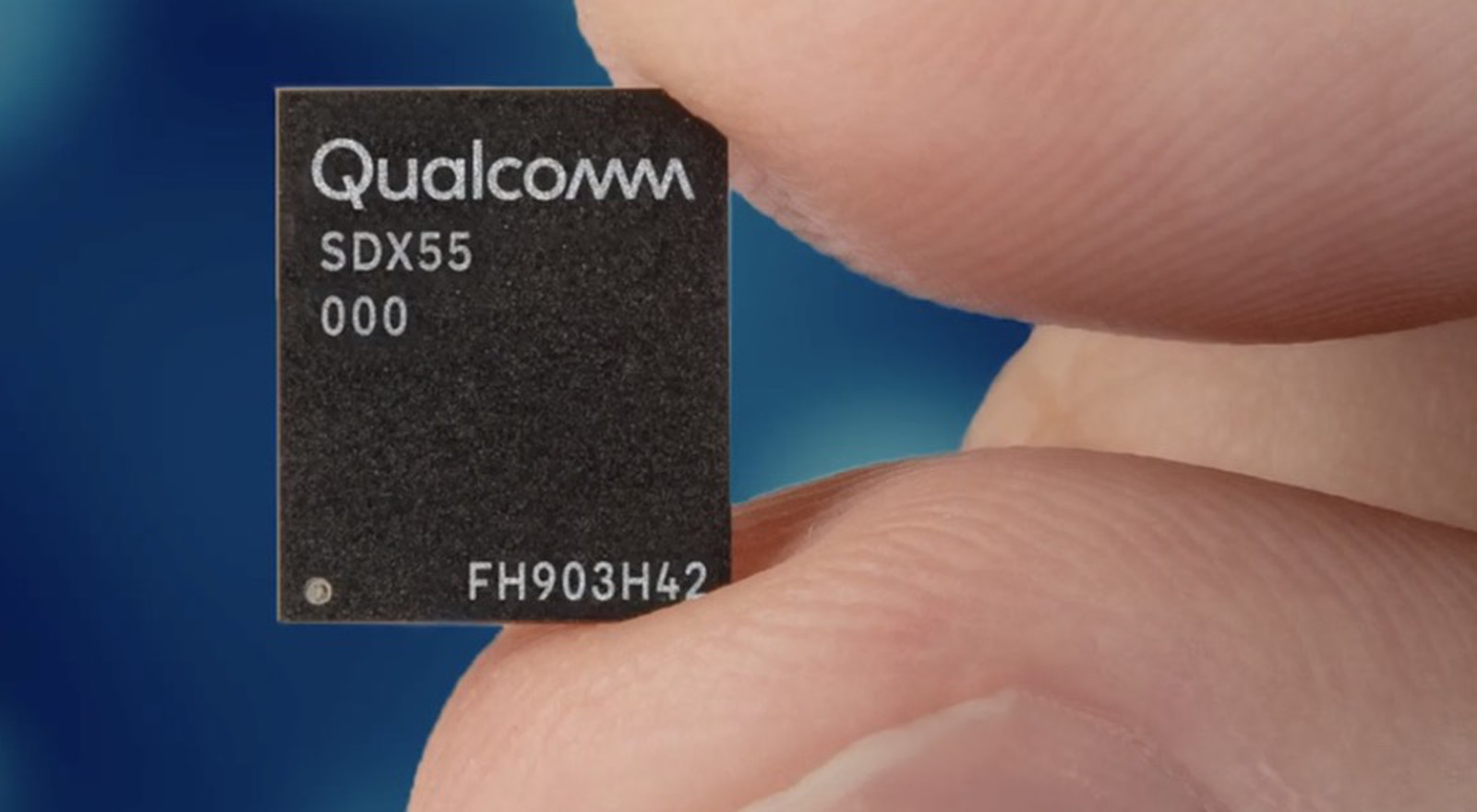
So does a different vendor matter?
Although there may be some differences between the components in terms of quality, there is still no reason to panic. The truth is that in any case the given iPhone (or other Apple device) meets all the conditions in terms of quality and there is no need to make a fuss about these differences. In the vast majority of cases, no one will notice these differences anyway, unless they directly focus on them and try to compare them. On the other hand, if the differences were more than obvious, it is quite possible that you are holding a defective piece in your hand rather than a different component to blame.
It could be interest you
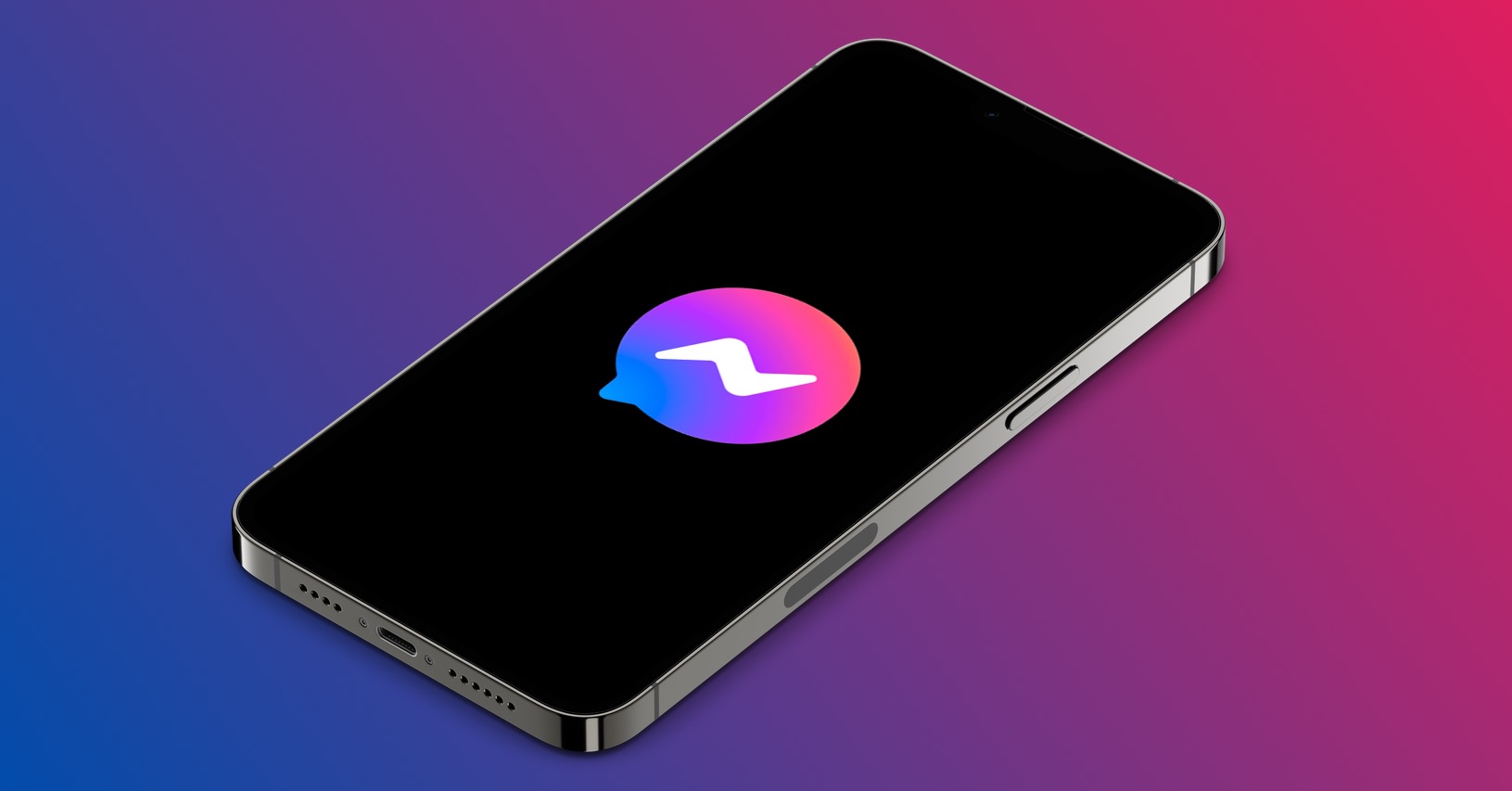
Of course, it would be best if Apple designed all the components and thus had a major influence on their functionality and design. However, as we mentioned above, we unfortunately do not live in an ideal world, and therefore it is necessary to check possible differences, which in the end have no impact on the use and functionality of the device.
 Adam Kos
Adam Kos 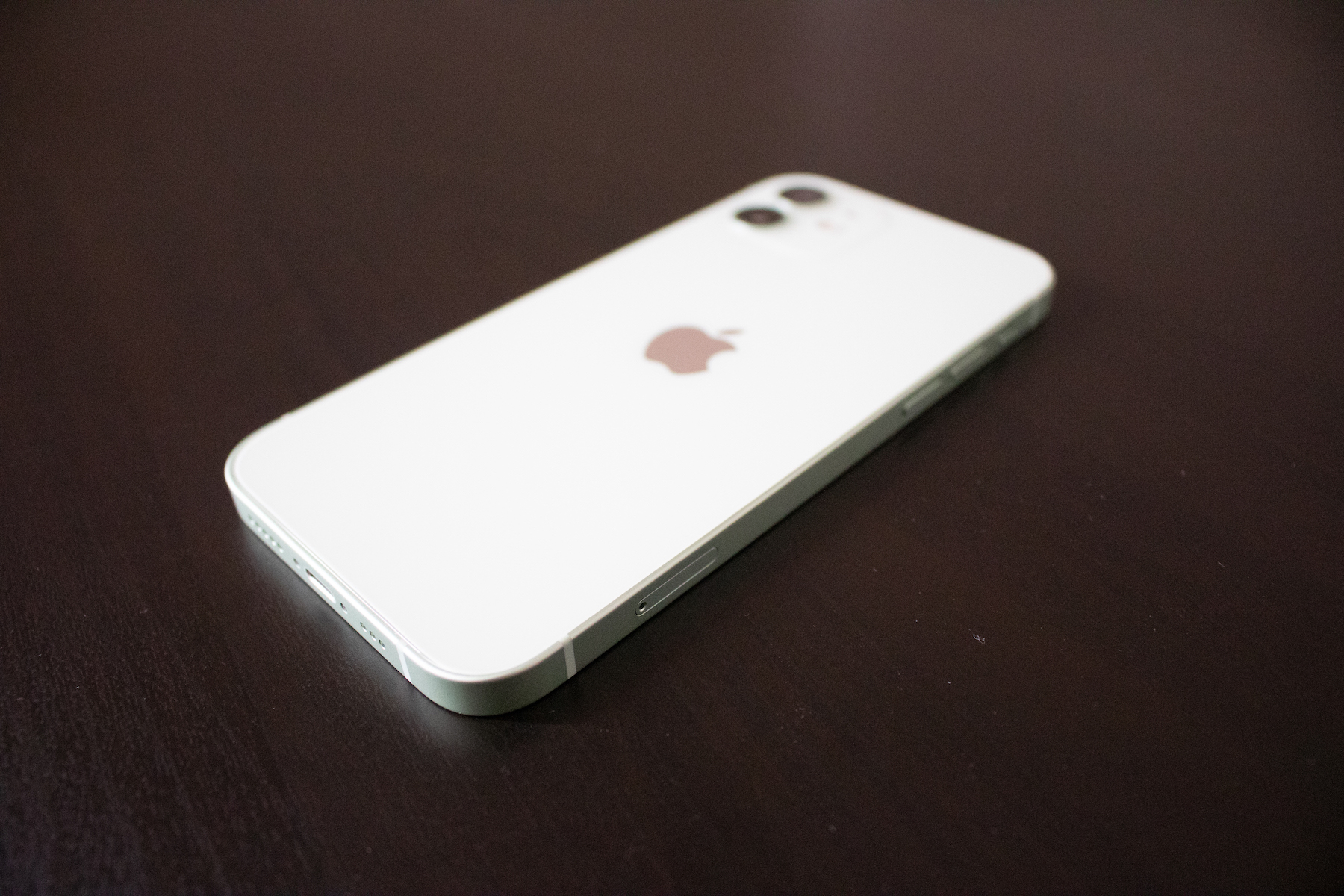

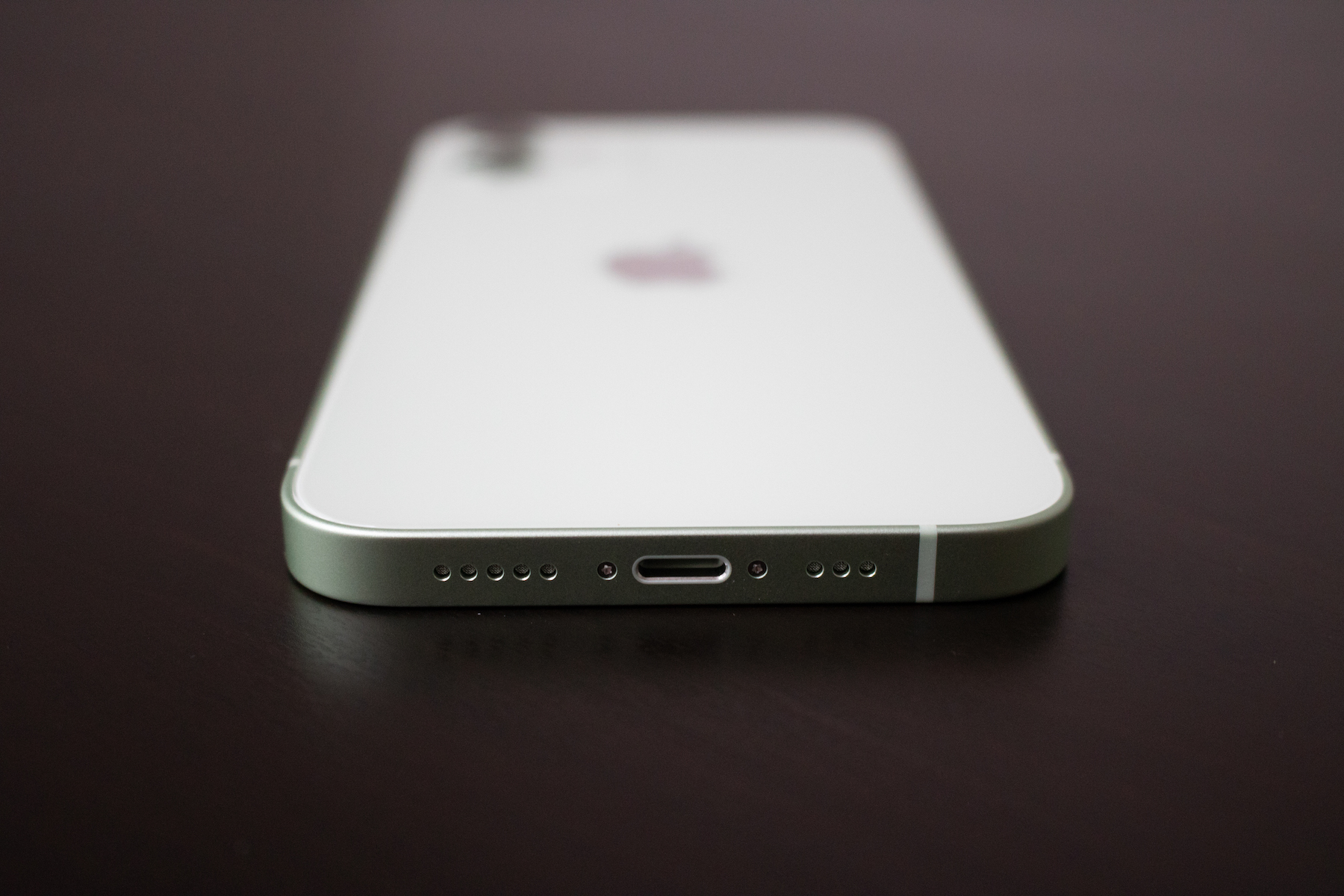
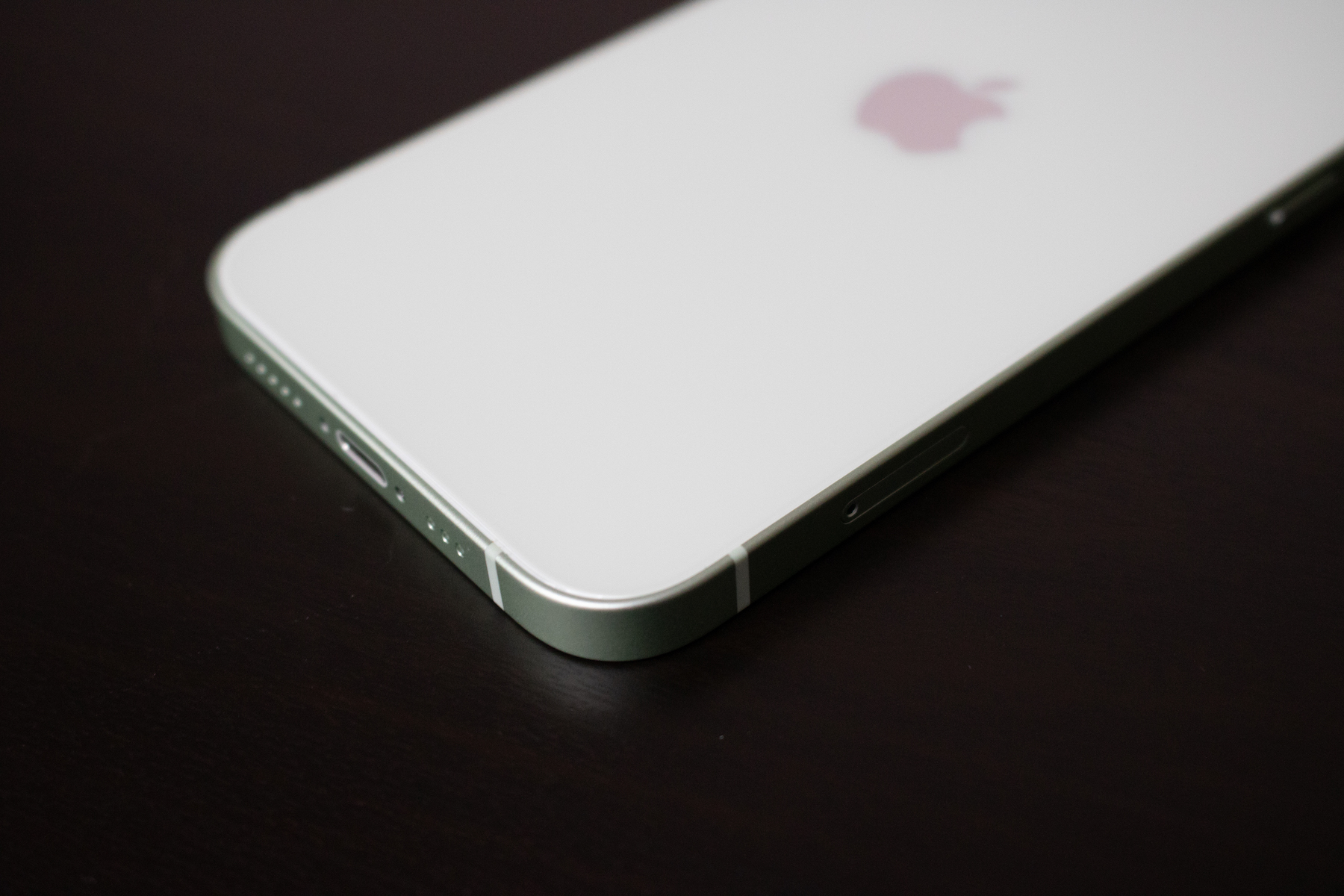
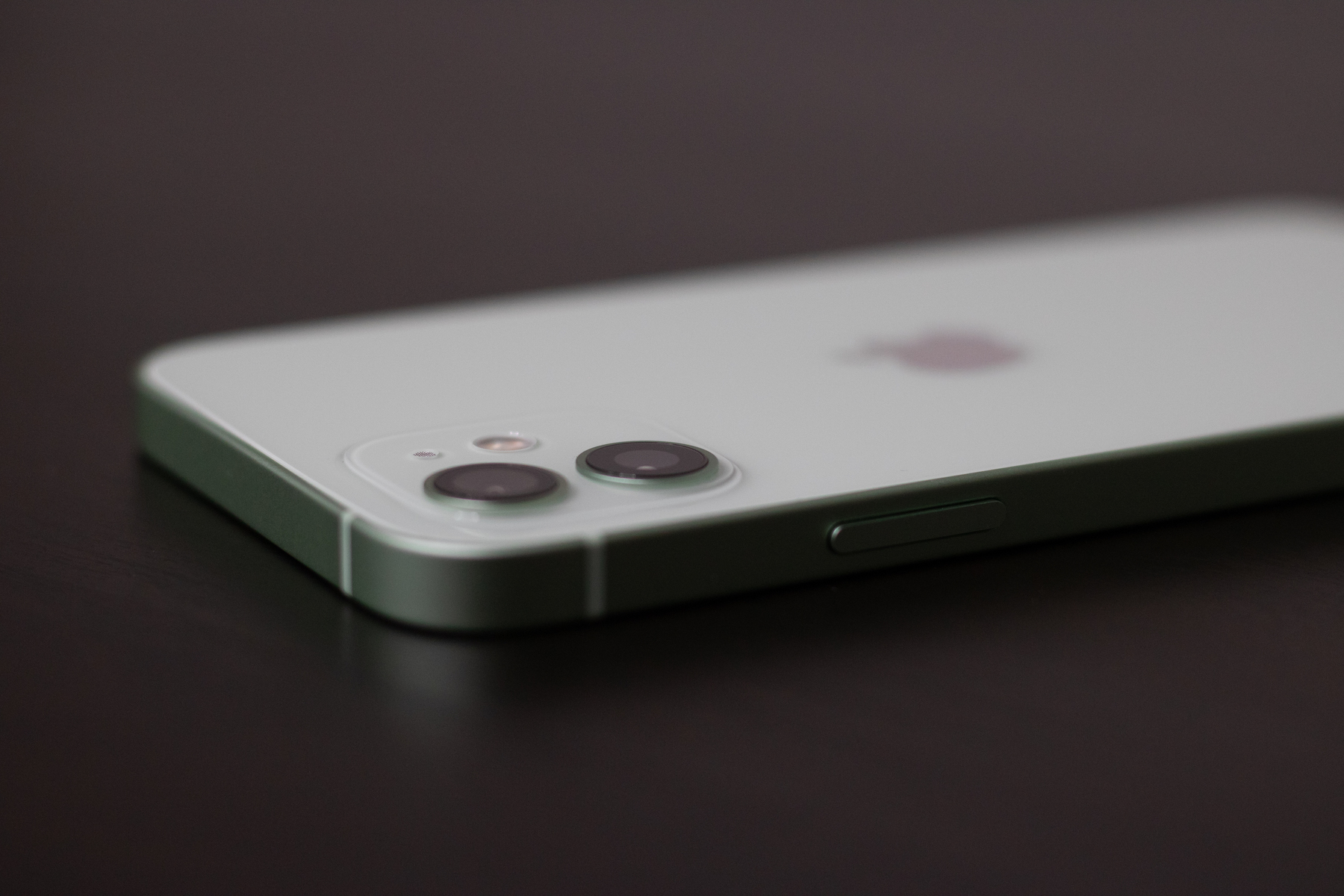


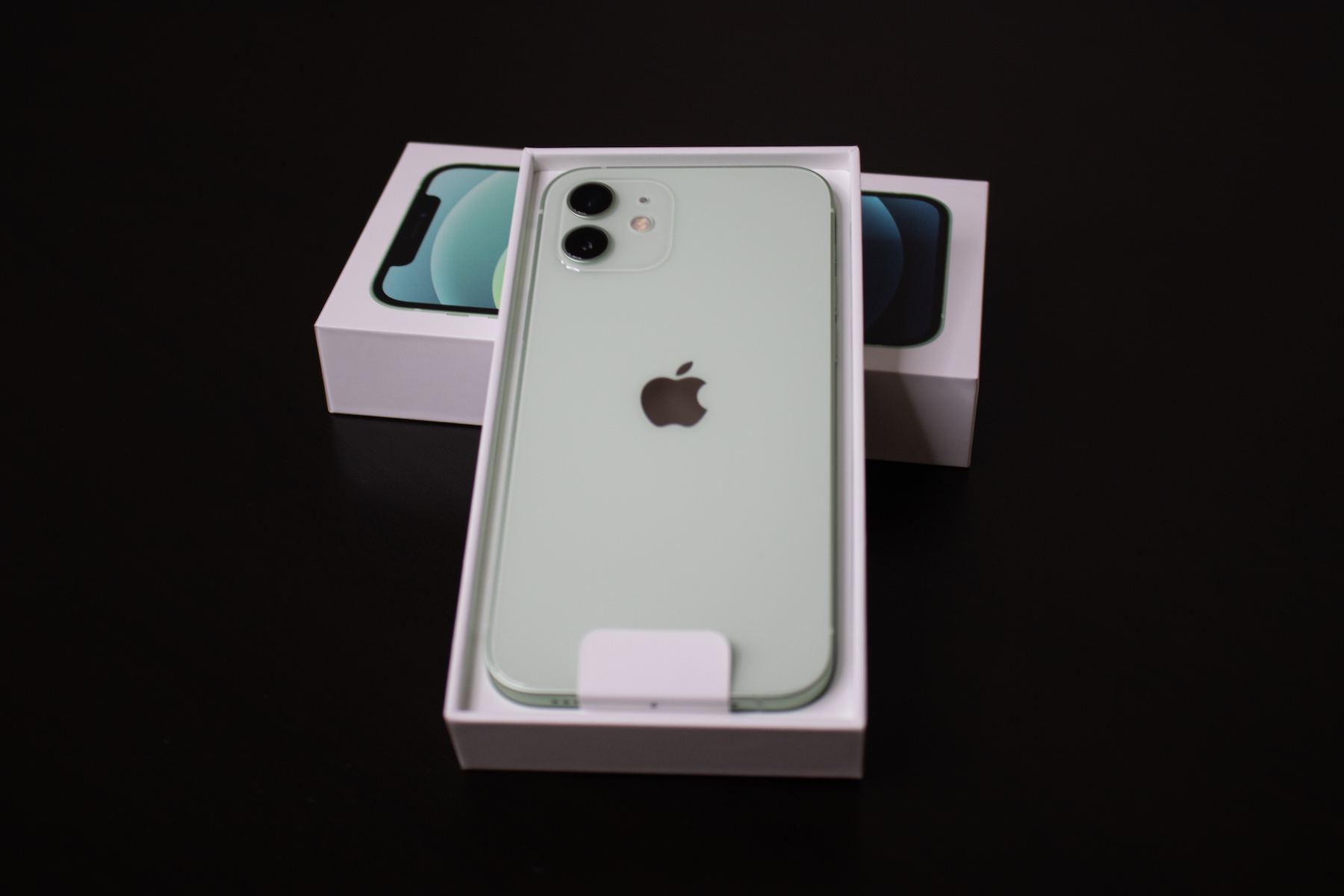
What is a "so-called modem"?